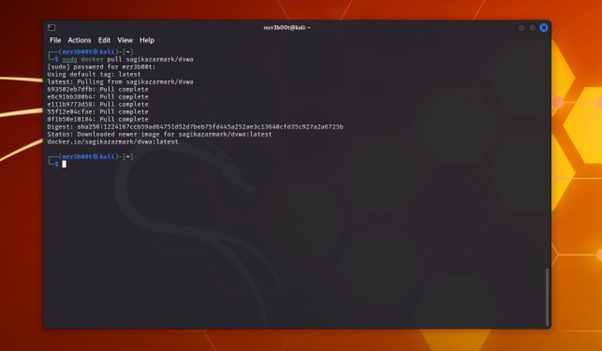 Education
Education
Deploy a mini Pentester Lab with Docker
I build VM labs. Lots of them, but I tend to go full machines. I was checking out the new TCM web app course the other day (honestly i’ll write a review if I get time to finish it!) and it’s built around using docker for DVWA and OWASP JUICE SHOP so I figured I should write a quick blog about how to deploy these so people can get started learning in minutes.
Now here we have:
- DVWA
- JUICESHOP
- METASPLOITABLE
but you don’t have to stop there, i’m sure there’s others you can use as well!
This isn’t an exhaustive guide, but it will get the docker instances up and running.








